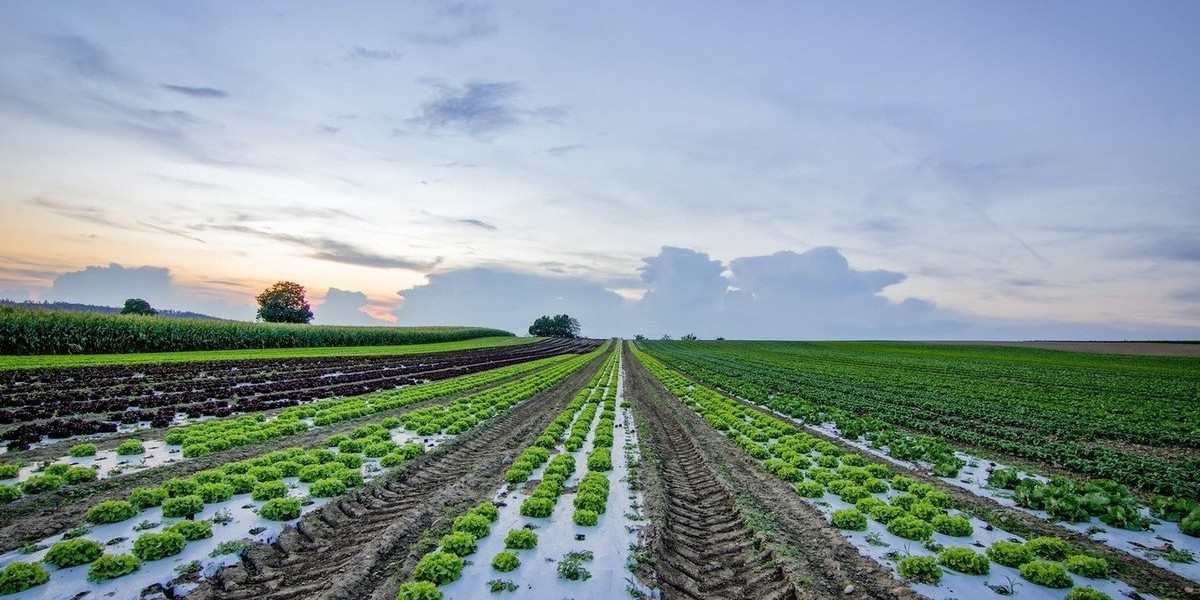The agricultural films market has witnessed significant growth in recent years, driven by technological advancements, rising demand for food security, and the adoption of sustainable farming practices. However, despite the numerous opportunities and innovations, several restraints are hindering the market's full potential. These limitations, ranging from environmental concerns to high production costs and technological challenges, pose significant obstacles for both manufacturers and farmers. This article explores the key restraints in the agricultural films market, shedding light on the challenges affecting its growth and the steps needed to overcome them.
Environmental Concerns and Plastic Waste
One of the primary restraints in the agricultural films market is the environmental impact of traditional plastic films. Conventional agricultural films are often made from polyethylene, a plastic material that takes hundreds of years to decompose. As global concerns over plastic waste grow, the agricultural films market is facing increased scrutiny for its contribution to plastic pollution. Many films used in agriculture, such as mulch films, greenhouse covers, and silage wraps, are not recycled and can accumulate in landfills or the environment, causing long-term ecological damage.
In response, there has been a push for biodegradable agricultural films made from renewable materials like starch, polylactic acid (PLA), and other plant-based polymers. While these biodegradable options offer an eco-friendly alternative, they are still relatively expensive to produce and not widely adopted in the industry. The challenge lies in balancing environmental sustainability with the practical needs of farmers, who often require durable and cost-effective solutions for crop protection and soil management. Until biodegradable films become more affordable and accessible, the industry will continue to face pressure from environmental groups and regulatory bodies to address plastic waste concerns.
High Production Costs and Limited Availability
Another significant restraint in the agricultural films market is the high production cost of specialized films, particularly biodegradable and multi-layered films. While these films offer benefits such as environmental sustainability, increased crop yield, and better crop protection, they are often more expensive to produce compared to traditional plastic films. The higher cost of raw materials, advanced manufacturing processes, and limited production capacity make these films unaffordable for many farmers, especially those in emerging markets with lower budgets.
Farmers, particularly in developing countries, are often reluctant to invest in expensive agricultural films, opting for cheaper alternatives that may not offer the same benefits in terms of durability, crop protection, and sustainability. This price sensitivity creates a barrier to the widespread adoption of advanced agricultural films, limiting the market's growth potential. In addition, the high cost of these films poses a challenge for manufacturers, who need to find ways to reduce production costs while maintaining the performance and quality of their products.
Technological Challenges and Lack of Awareness
While agricultural films have become an essential part of modern farming, many farmers are still unfamiliar with the latest technological advancements in the industry. For instance, the use of smart agricultural films equipped with sensors to monitor environmental conditions is gaining popularity, but many farmers in rural or less-developed areas are unaware of these technologies. The lack of awareness and knowledge about the benefits of smart films can limit their adoption and hinder market growth.
Additionally, the integration of new technologies into agricultural films requires significant investment in research and development, which can be a challenge for manufacturers operating on limited budgets. The development of multi-layered films, films with anti-drip properties, and films for specific agricultural applications requires continuous innovation and testing to ensure optimal performance. As a result, some manufacturers may struggle to keep up with the pace of technological advancement, limiting the availability of cutting-edge products in the market.
Regulatory and Compliance Issues
The agricultural films market is also impacted by various regulatory and compliance issues, especially as governments around the world introduce stricter environmental policies and regulations aimed at reducing plastic waste. Many countries are implementing bans or restrictions on single-use plastics, including agricultural films, to curb plastic pollution. In response to these regulations, manufacturers must invest in new technologies and production methods to comply with evolving environmental standards.
However, the cost of compliance can be significant, particularly for smaller manufacturers who may lack the resources to invest in sustainable alternatives. Additionally, the lack of uniformity in regulations across different regions can create challenges for global manufacturers, who must navigate a complex landscape of laws and standards to sell their products in various markets. These regulatory hurdles can delay product development and increase operational costs, further inhibiting the growth of the agricultural films market.
Limited Recycling and Disposal Options
Recycling agricultural films remains a significant challenge in the industry. Many types of agricultural films, particularly those used for covering greenhouses or as mulch, are not easily recyclable due to contamination with soil, chemicals, and other debris. As a result, these films often end up in landfills, contributing to the growing issue of plastic waste. While some manufacturers have made strides in creating recyclable films, the lack of infrastructure for collecting, cleaning, and processing used agricultural films remains a significant barrier to effective recycling.
Without a proper recycling system in place, the lifecycle of agricultural films is limited, and the environmental impact remains a significant concern. Efforts to develop films that are easier to recycle or that can decompose naturally in the soil are ongoing, but the lack of adequate recycling infrastructure continues to hinder the widespread adoption of such films.
Limited Awareness of Sustainable Practices
Despite growing environmental concerns, many farmers, particularly in developing regions, continue to use traditional plastic agricultural films due to cost considerations, lack of access to alternative products, or simply because they are unaware of more sustainable options. The agricultural films market's growth is further restrained by this knowledge gap, as farmers may not fully understand the long-term benefits of using biodegradable or multi-functional films over conventional plastic options.
Addressing this knowledge gap through education, training, and awareness campaigns is essential for encouraging farmers to adopt more sustainable practices. However, the slow pace of awareness-building efforts can delay the transition to more eco-friendly solutions and limit market growth in the short term.
Conclusion
While the agricultural films market offers significant growth potential, several key restraints continue to challenge its development. Environmental concerns over plastic waste, high production costs, technological limitations, regulatory issues, and the lack of recycling infrastructure are just a few of the obstacles that need to be addressed for the industry to realize its full potential. Overcoming these challenges will require collaboration between manufacturers, farmers, governments, and research institutions to develop more sustainable, cost-effective solutions and create a more supportive regulatory environment. As the industry navigates these restraints, the agricultural films market can continue to evolve and play a vital role in supporting global food security and sustainable farming practices.
Discover more: https://www.pristinemarketinsights.com/agricultural-films-market-report








